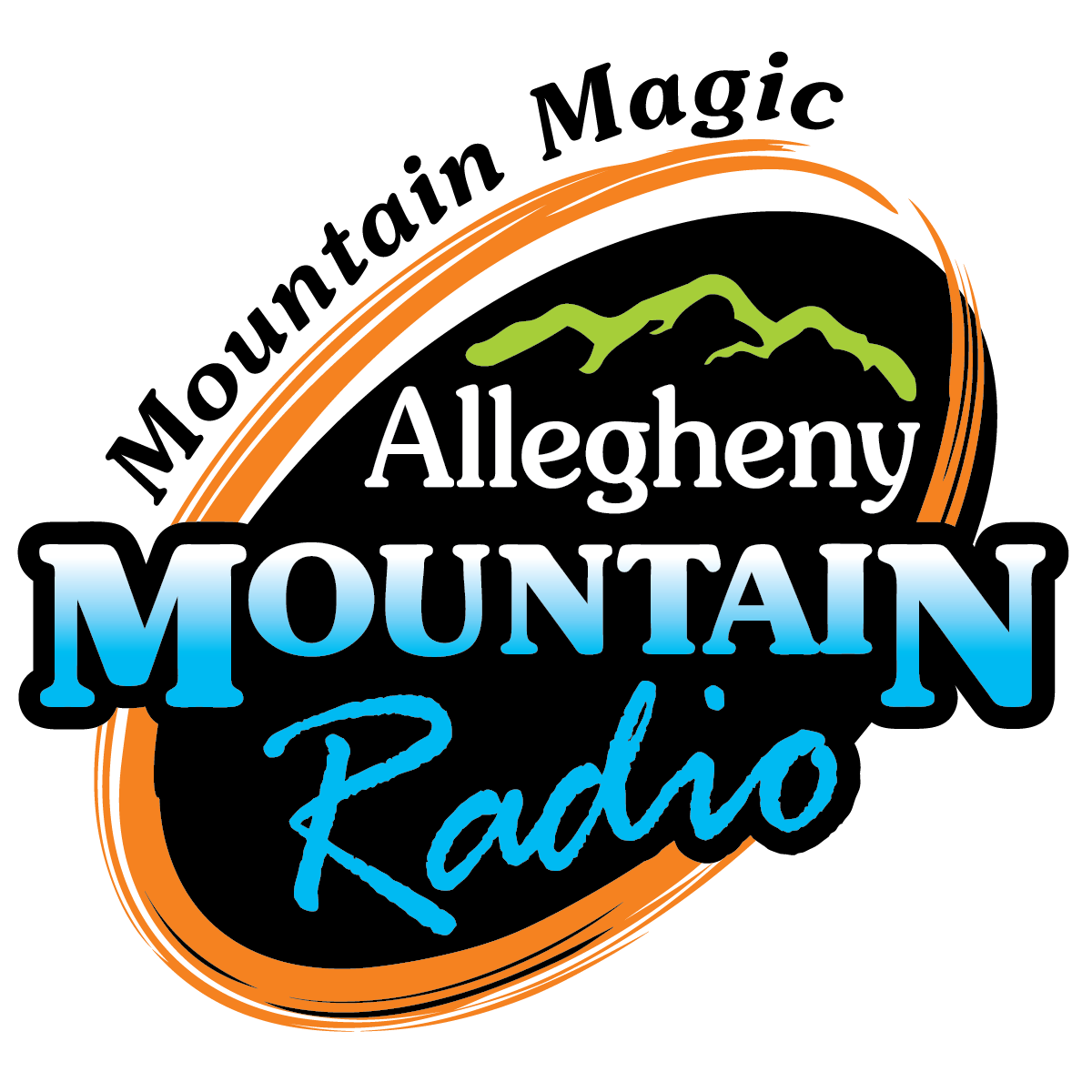Allegheny Highlands group hosts Walk for Apraxia
It’s hard to imagine raising an infant, watching her learn to roll over, and pull up, crawl and begin with babbling, and then to learn about Childhood Apraxia. Around the time when he or she may have begun making sounds that all parents believe are “Dad” and “Mom”, or maybe even more than that, like “Go” and “Want” or “More”, the baby becomes harder to understand, or much more quiet. The caregiver may be able to see a small child can understand what is being said to them, but is not able to coordinate the words to respond. Some families in the Allegheny Highlands are working together to put on a “Walk for Childhood Apraxia of Speech” in order to raise funds for more research into this disorder, and to raise awareness so more children who may be struggling with it can receive appropriate treatment. The Walk will take place on Saturday, April 25th and give its proceeds to the Childhood apraxia of Speech Association of North America, or CASANA.
Apraxia of speech shows up differently in each child who has it. The difficulty they share though is in planning their speech movements. What we hear as a result are jumbled or misplaced sounds and syllables. If a child becomes frustrated he may speak much less often. It also appears children with Apraxia don’t process feedback they get for attempting speech in the same way other children, so their words and sentences do not become automatic and easy. There is still a lot to be learned about its causes, but so far it’s understood that Apraxia comes from the brain’s sending incorrect signals to the specific mouth and jaw muscles for forming sounds.
If you would like to participate in the Walk on April 25th, and have not preregistered, be at Dabney S. Lancaster Community College by 8 in the morning. The walk begins at 9, and most of the activities will be over by 11:45. For more information visit the Allegheny Highlands of Virginia Walk for Apraxia website. There is information there about joining a team and getting sponsors, or being a volunteer if you would like to help, but don’t want to walk. The families, caregivers, and children themselves appreciate all of the support . Another good resource for learning more about the disorder of Childhood Apraxia is the CASANA website.




